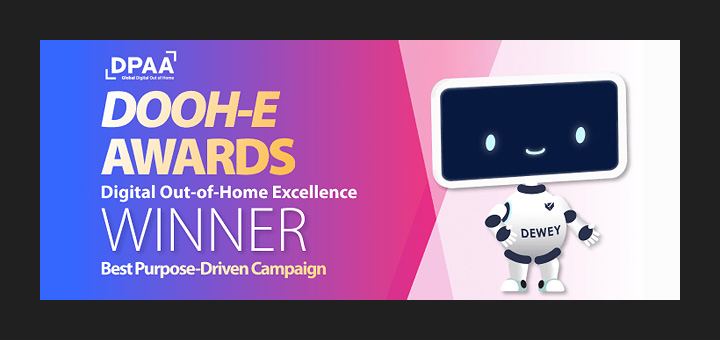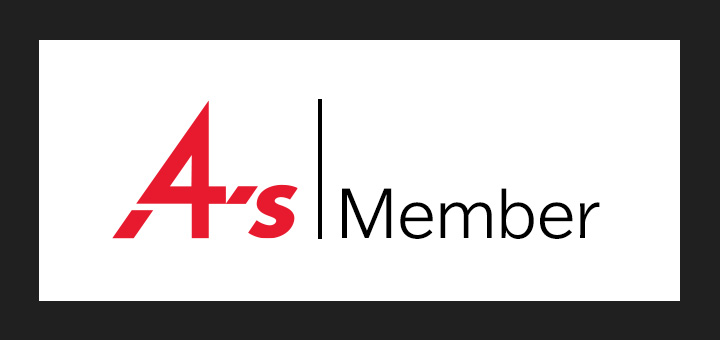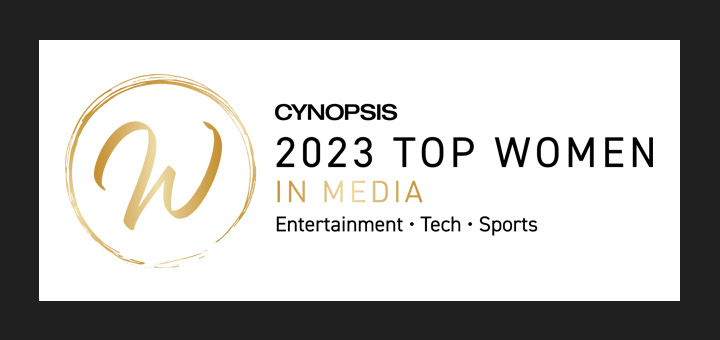Media Buying Briefing: Here’s how independent agencies are using marketing mix modeling
By Antoinette Siu Photo Credit Ivy Liy
Independent agencies are hoping to stand out from the holding companies and smaller agencies by developing their measurement capabilities using marketing mix modeling — especially in this economy.
Marketing mix modeling (MMM) is a statistical approach used to look at sales and determine impact and ROI based on historical data. (Here’s a full Digiday WTF on what it means).
The method helps to cut down on costs as there is increasing “economic pressure” to optimize marketing investments, said Rob Davis, president and cmo of Novus Media, who did not specify which clients are using this modeling. Marketing mix modeling also uses aggregated data over user-level data protecting it from changing privacy legislation.
“It’s just putting more pressure on proving the value of what you’re spending, so it’s just so that pressure kind of is always there — but I think it’s really heated up post-COVID,” Davis told Digiday. “If you really want to understand incrementality, you really have to do an MMM.”
Marketers’ ability to identify incremental sales — and ability to evaluate media and retail channels holistically is driving marketing mix modeling, according to research last month from firm WARC and Amazon Ads that analyzed MMM and retail case studies. The research further showed that consumers use more than 20 channels on average to interact with brands now, and 56% of U.S. marketers work with five or more retail media networks.
Here is a look at agencies’ different strategies in measurement.
Novus Media
For the last year, Novus has been using MMM and tweaking the models to build scenario planning tools for clients based on aggregate data of the same industry or category. Results cost less and take days to generate — over months or even a year — compared to larger holding companies, Davis argued.
“It’s either a couple of thousand [dollars] or it’s free, depending on what our scope is,” Davis said. “We feel like it’s 80% [accurate], which is good for 10% of the time and cost. So a lot of clients really sparked to that saying, ‘Hey, good enough.’ And it’s just it’s a different way of looking at it.”
One client that Davis declined to name saw a 19% return on ad spending improvement with the same budget by changing the allocation of money. “That’s a lot… for not doing anything other than just moving stuff around. But we moved around in the right places and in the right ways, and to the right degree. That’s kind of the dream,” Davis added.
Read the rest of the article at Digiday




